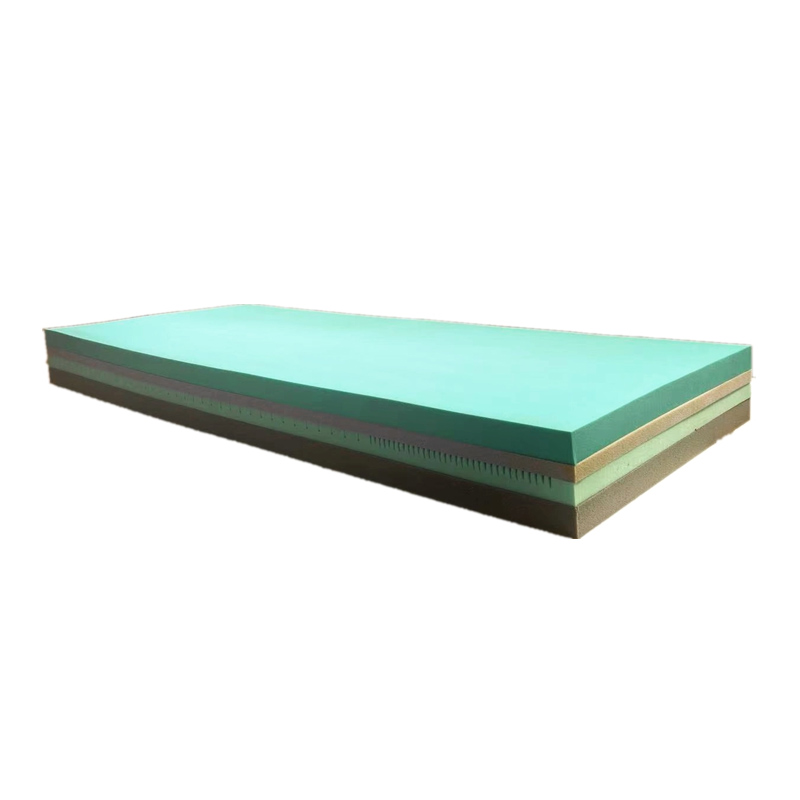buy pressure injury care
Understanding and Addressing Pressure Injuries in Care Settings
Pressure injuries, also known as pressure ulcers or bedsores, are localized damage to the skin and underlying tissue, usually over a bony prominence, that occurs due to prolonged pressure, friction, or shear force. These injuries often arise in vulnerable populations, particularly those with limited mobility, such as the elderly or patients in long-term care facilities. The implications of pressure injuries extend beyond physical discomfort; they can lead to severe complications, increased healthcare costs, and prolonged hospital stays. Therefore, understanding and implementing appropriate care strategies to prevent and manage these injuries is essential for healthcare providers.
The Anatomy of Pressure Injuries
Pressure injuries typically develop in four stages, categorized based on their severity. Stage 1 is characterized by non-blanchable erythema of intact skin, indicating potential damage. Stage 2 involves partial thickness loss of skin, presenting as a shallow open sore. In Stage 3, full thickness tissue loss occurs, potentially exposing fat, while Stage 4 represents the most severe form, with full thickness loss exposing muscle, bone, or tendon. Recognizing these stages is vital for timely intervention and proper documentation.
Preventative Strategies
Preventing pressure injuries requires a proactive approach. Key strategies include regular repositioning of patients to alleviate pressure points, especially for those who are immobile. Health professionals should adhere to a repositioning schedule, typically every two hours. Utilizing specialized mattresses and cushions that redistribute pressure can significantly reduce the risk of injury. Additionally, maintaining skin integrity through proper hygiene and hydration is crucial.
buy pressure injury care

Another effective prevention measure is conducting a comprehensive risk assessment using tools such as the Braden Scale, which evaluates factors such as sensory perception, moisture, activity, mobility, and nutrition. Identifying individuals at high risk allows for targeted interventions aimed at minimizing the likelihood of pressure injuries.
Management of Existing Pressure Injuries
When pressure injuries occur, prompt and effective management is essential. Treatment involves a multidisciplinary approach, including wound care specialists, nutritionists, and nursing staff. The primary goal is to promote healing while preventing infection. This includes cleaning the wound gently, removing necrotic tissue, and applying appropriate dressings. Nutritional support plays a significant role in wound healing; patients should receive a diet rich in proteins, vitamins, and minerals to facilitate recovery.
Additionally, healthcare providers should educate patients and caregivers about the importance of recognizing early signs of pressure injuries, emphasizing the need for vigilance in high-risk populations.
Conclusion
Pressure injuries are a significant concern in care settings, jeopardizing the health and well-being of vulnerable patients. By understanding the risk factors, implementing preventive measures, and managing existing injuries effectively, healthcare providers can significantly reduce the incidence of these painful and often debilitating conditions. Ongoing education and collaboration among healthcare teams are crucial to fostering an environment that prioritizes patient safety and comfort. As we progress in our understanding of pressure injury care, we must remain committed to innovation and improvement, ensuring that patients receive the highest standard of care.
-
Mattresses Designed for Back Pain ReliefNewsAug.08,2025
-
Innovative Wave Mattresses for Ultimate ComfortNewsAug.08,2025
-
High-Quality Mattresses for Hospital BedsNewsAug.08,2025
-
High-Quality Mattresses for Every NeedNewsAug.08,2025
-
Healthcare Foam Mattress: Sleep Better, Heal FasterNewsAug.08,2025
-
Cube Mattress for Daily ComfortNewsAug.08,2025
-
How Hospital Mattress Choices Directly Impact Patient Comfort and CareNewsAug.05,2025

